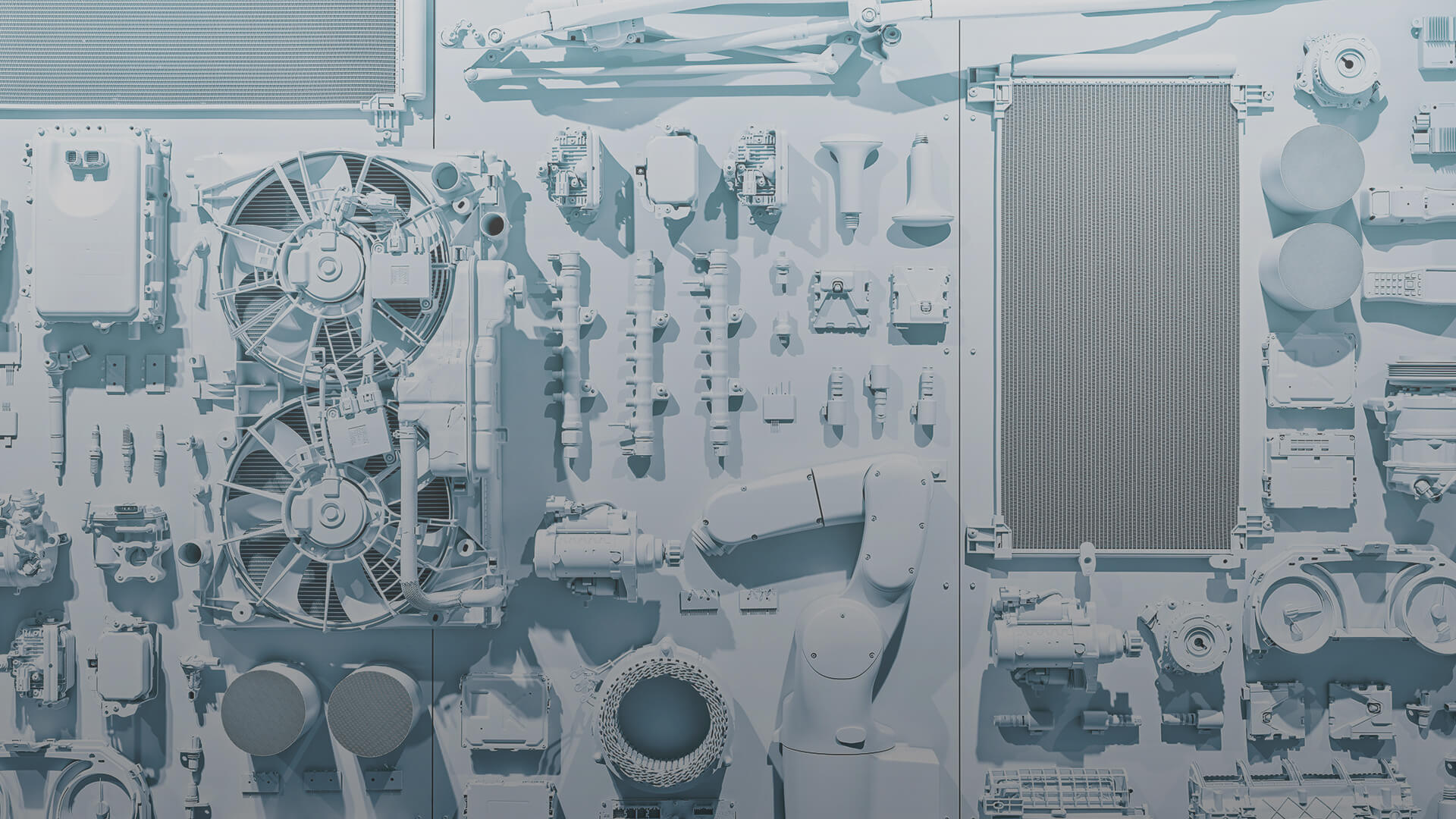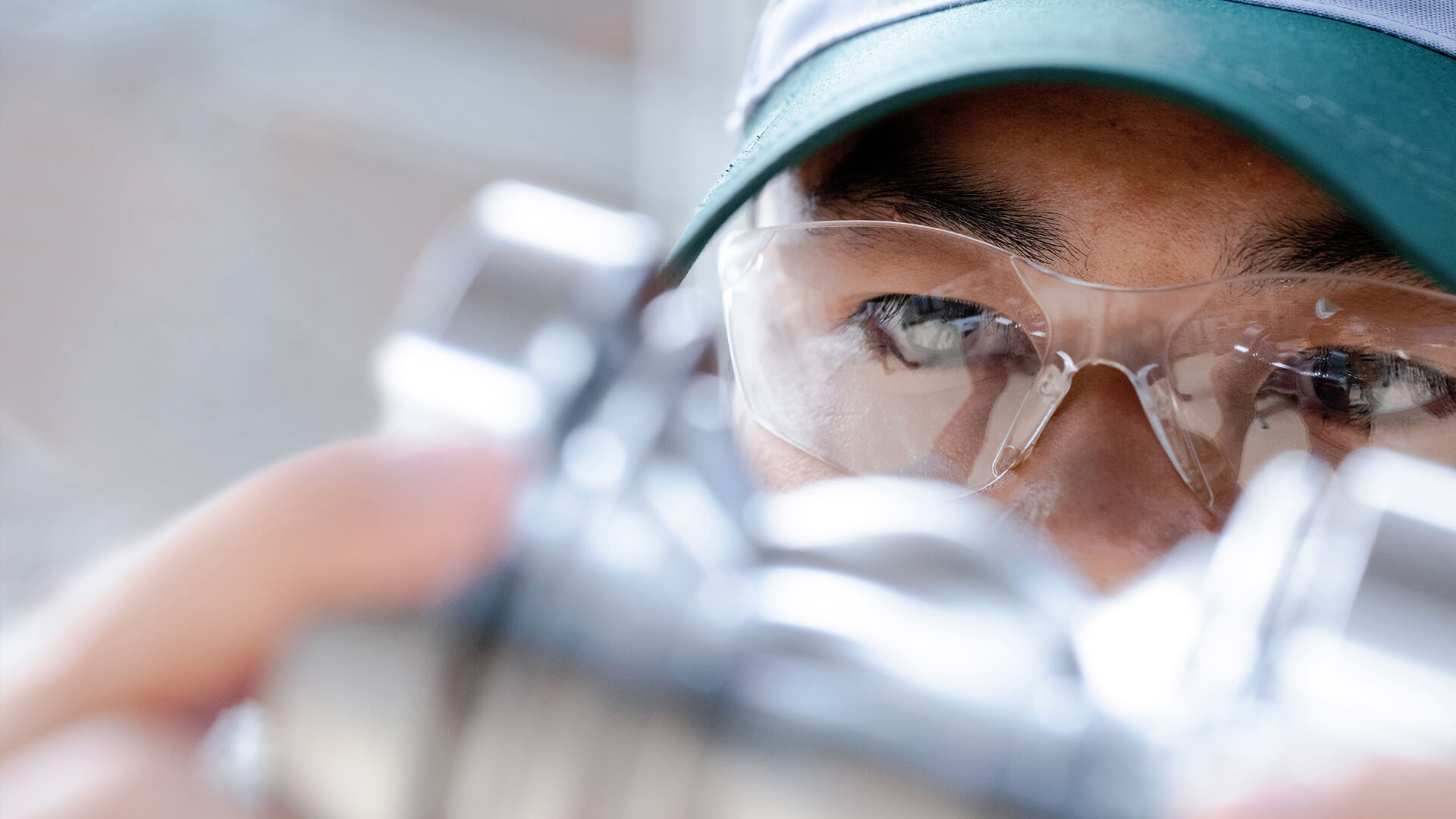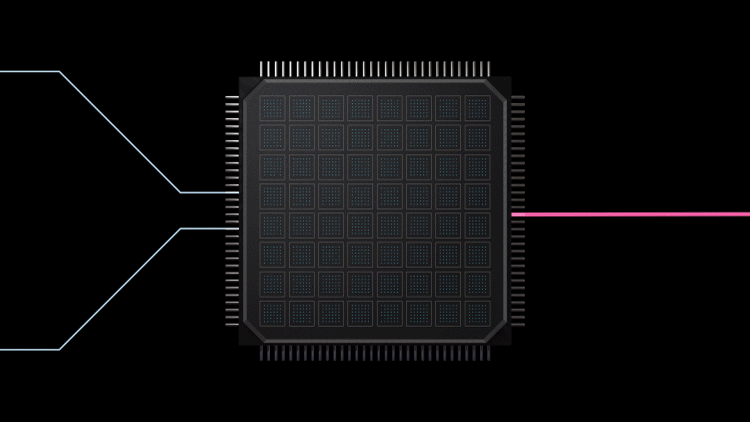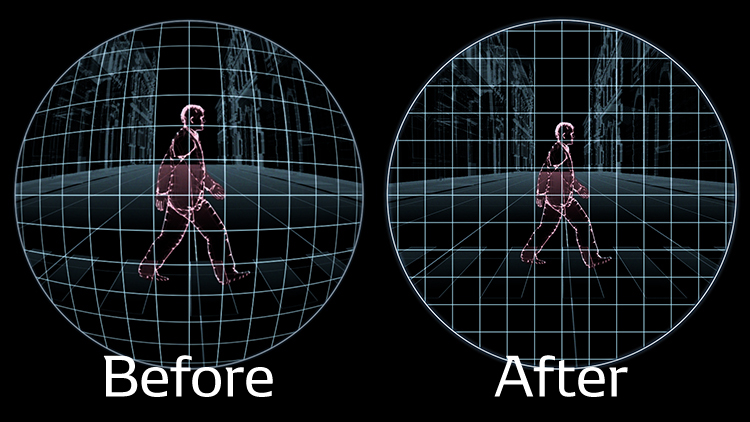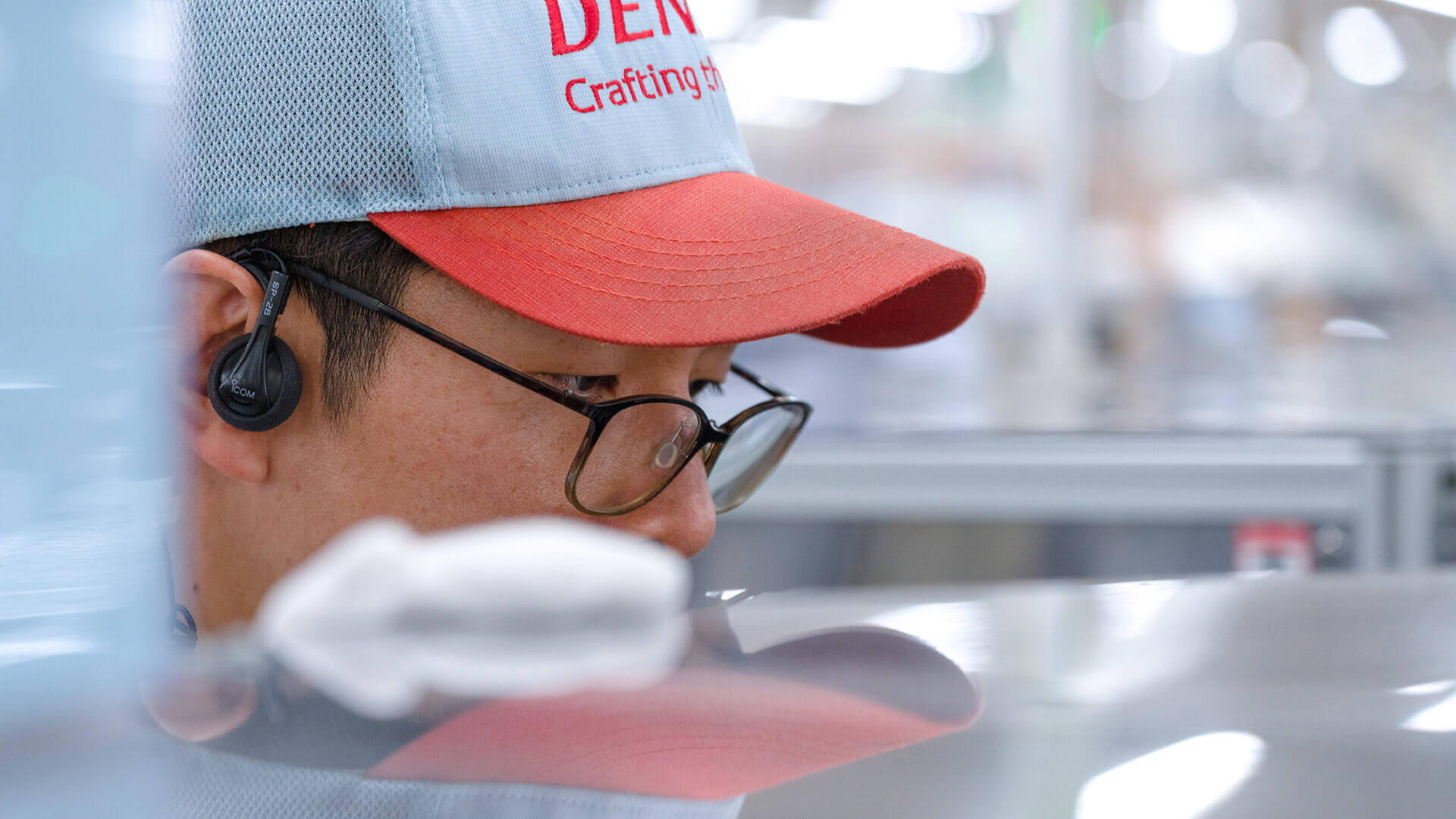Compact Stereo Vision Sensor
DENSO developed its Compact Stereo Vision Sensor for minicars to detect vehicles, pedestrians and lane lines ahead of the vehicle. Two camera lenses (one each on the left and right) measure the distance from the vehicle to the target object, activating the autonomous emergency braking and lane departure warning functions.
Feature
World’s Smallest Sensor
Minicars offer limited space for sensors. In general, the measurable distance of a stereo vision sensor is proportional to the separation between the left and right lenses. To maintain the required measurable distance, DENSO needed to increase the size of the sensor, so reducing product size was a significant challenge.
DENSO was able to create the smallest stereo vision sensor in the world* by reducing space between the lenses to 80 mm, which is about half the size of conventional products, and by combining high-accuracy lens distortion correction with stereo matching technology. The sensor is now small enough to fit behind the rearview mirror.
* World’s smallest in-vehicle stereo vision sensor (based on a survey conducted by DENSO in November 2016)
Technology
Image Processing Chip
To accurately measure the vehicle distance from an external object, two images, one from the left lense and one from the right lense, must be processed, requiring a large amount of data to be calculated at one time. DENSO's high-performance image processing chip does this with parallel processing.
Distortion Correction Lens
An accurate parallax image, created by combining two images together, is required to measure the distance to an object. DENSO has developed a high-accuracy distortion correction lens to increase the distance from which vehicles and pedestrians can be detected.






